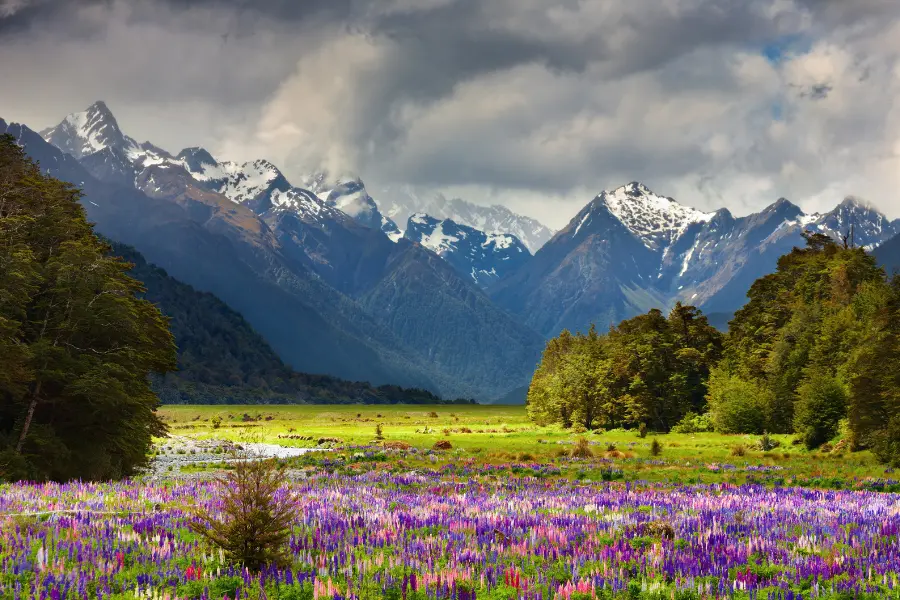Situated in the Chamoli district of Uttarakhand, Valley of Flowers National Park is a UNESCO World Heritage Site famous for its magnificent alpine meadows and varied flora and fauna. During the monsoon season, this beautiful valley becomes a colourful paradise, drawing nature enthusiasts, trekkers, and botanists from across the globe. Valley of Flowers National Park: Complete Guide.
Location & Accessibility
– Location: Chamoli district, Uttarakhand, India.
– Altitude: 3,352 to 3,658 meters above sea level.
– Closer Town: Joshimath, about 20 km away.
– How to Arrive:
– By Air: Jolly Grant Airport, Dehradun (closest airport).
– By Rail: Rishikesh Railway Station (closest railhead).
– And By Road: Travel to Govindghat, then trek to Ghangaria, the base camp for Valley of Flowers.
History & Discovery
– Found in 1931 by British climbers Frank S. Smythe, Eric Shipton, and R.L. Holdsworth, who chanced upon the valley on their return from a Mount Kamet climb.
– Botanist Lady Joan Margaret Legge came in 1939 to learn about the plant life but lost her life in the valley.
– Classified as a national park in 1982 and subsequently added to the Nanda Devi Biosphere Reserve.
Flora & Fauna
Flora
– Habitat for more than 600 species of flowers, such as:
– Orchids, poppies, primulas, marigolds, daisies, and anemones.
– Sub-alpine forests of rhododendron and birch.
– The valley blooms July to September, spreading a dazzling floral carpet.
Fauna
– Some of the rare and endangered animals seen here are:
– Mammals: Asiatic black bear, snow leopard, musk deer, brown bear, red fox, blue sheep.
– Birds: Himalayan monal pheasant and other high-altitude birds.
Read also: Best Hill Stations to Visit in India During Summer
Best Time to Visit
– June to October: Summer and monsoon season when the park remains open.
– July to September: Full bloom period with most floral variety.
– Winter (November to May): The valley is under snow and inaccessible.
Trekking Experience
– Starting Point: Govindghat.
– Trek Distance: 16 km (Govindghat to Valley of Flowers via Ghangaria).
– Difficulty Level: Moderate.
– Duration: 3-4 days (Hemkund Sahib trek included).
– Highlights: Waterfalls, streams, rich vegetation, and Himalayan panoramas.
Conservation & UNESCO Recognition
– Included in the Nanda Devi Biosphere Reserve, which guarantees ecological conservation.
– Declared a UNESCO World Heritage Site in 1988.
– Biodiversity preserved through strict regulations; camping within the park is not allowed.
Valley of Flowers National Park: Complete Guide
Everything You Should Know About Haridwar And Rishikesh Before You Plan Your Next Trip

